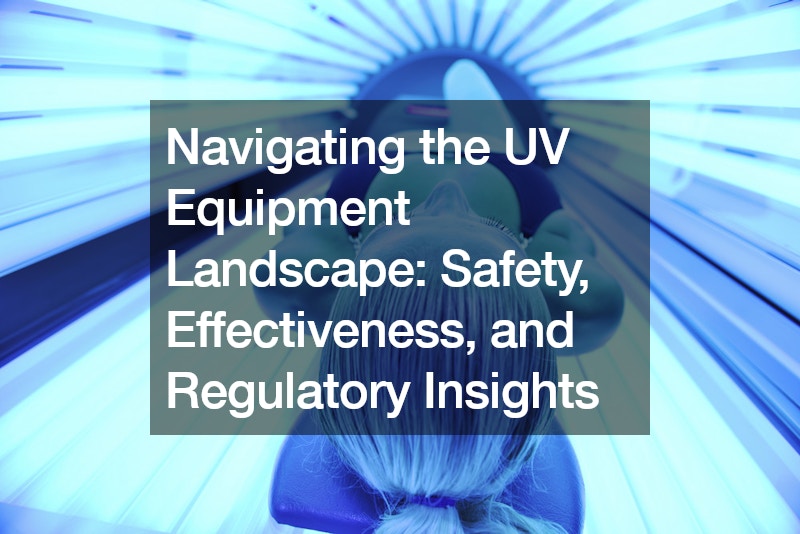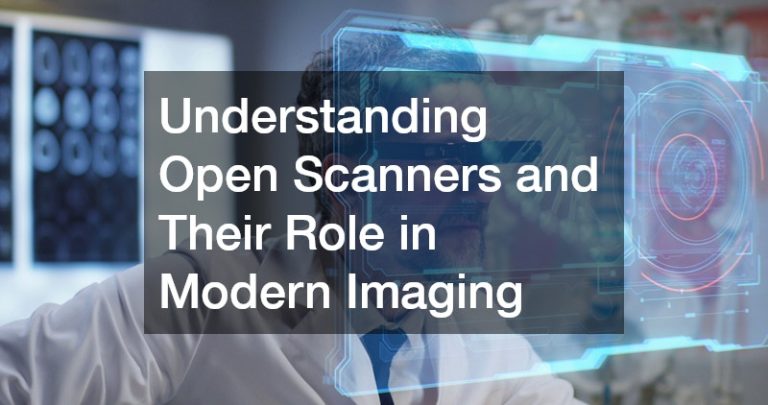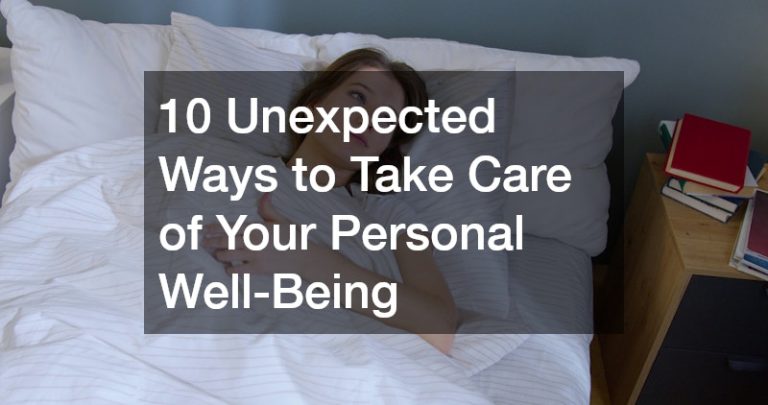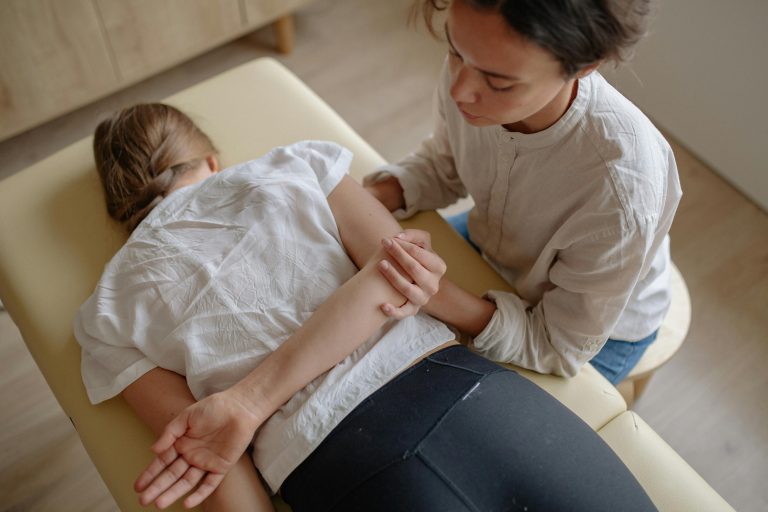In recent years, the market for UV equipment has seen a significant surge, driven largely by the need for effective disinfection solutions, especially in the wake of the COVID-19 pandemic. UV (Ultraviolet) light, particularly in the UVC wavelength range (200-280 nanometers), has gained prominence for deactivating bacteria, viruses, and other pathogens on surfaces. This surge in demand has led to a diverse array of UV equipment flooding the market, from handheld wands to room sterilizers, each claiming varying degrees of efficacy and safety.
UV equipment utilizes UVC light, which is more energetic than UVA and UVB light from the sun. While natural UVC light is blocked by the Earth’s atmosphere, artificial UVC lamps and devices have been developed to harness its germicidal properties effectively. The effectiveness of UVC in deactivating pathogens is well-established, making it a preferred choice in hospitals, airplanes, and now increasingly in homes and public spaces.
However, not all UV equipment is created equal, and significant safety considerations exist. UVC light is a known carcinogen and can cause severe damage to the skin and eyes if proper precautions are not taken. Exposure to UVC light should be strictly controlled and avoided, with users advised never to look directly at UV lamps or expose their skin unnecessarily.
Regulatory bodies such as the FDA (Food and Drug Administration) in the United States caution consumers about the potential risks associated with UV equipment. Some devices may emit ozone gas or contain mercury, posing health hazards if not properly managed. Consumers need to choose UV equipment that adheres to safety standards and has undergone rigorous testing for both effectiveness and safety.
consumers should look for specific criteria when considering UV equipment. Devices emitting UVC light should ideally fall within the wavelength range of 200 to 280 nanometers, as this range is most effective for disinfection. Additionally, certifications or endorsements from reputable organizations like UL (Underwriters Laboratories) can assure quality and safety standards.
Amidst the plethora of UV equipment available, informed decision-making is crucial. Consumers are advised to research products thoroughly, read reviews from trusted sources, and prioritize devices from established manufacturers with a track record of safety and efficacy. Handheld UV wands, for instance, should be used with caution due to the risk of accidental exposure to skin and eyes.
In conclusion, while UV equipment offers promising solutions for disinfection in various settings, including homes, offices, and public spaces, carefully considering safety and regulatory guidelines is paramount. By understanding the risks, choosing certified products, and using them responsibly, consumers can harness the benefits of UV technology while minimizing potential harm. Stay informed, stay safe, and make informed choices when navigating the UV equipment landscape.
.







